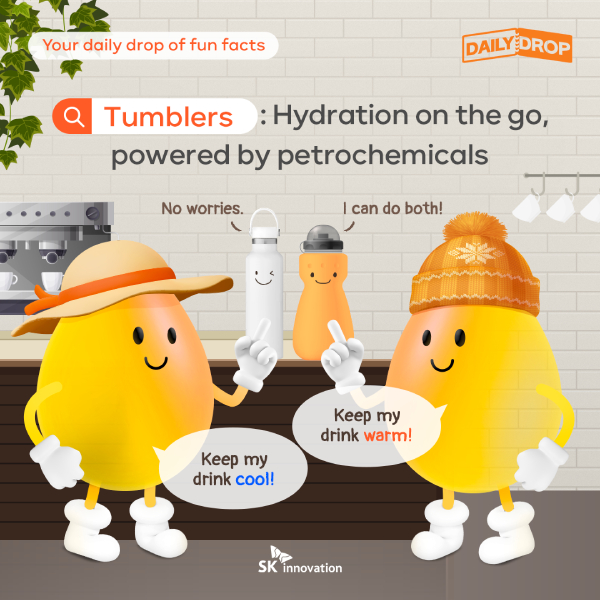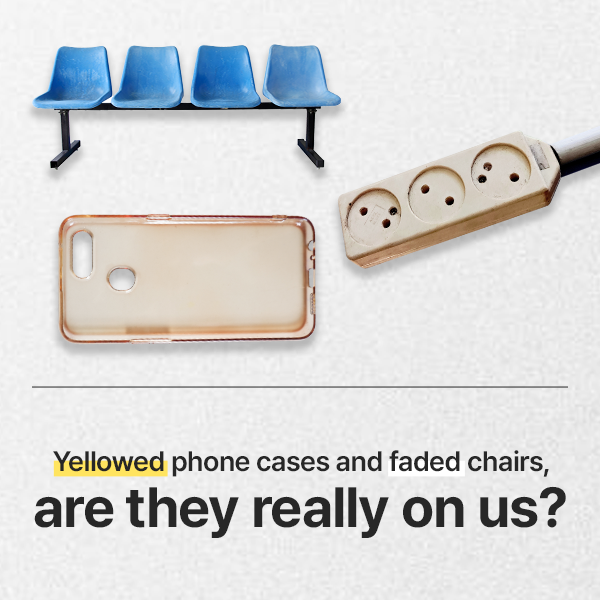2025.01.17
 Trends & Reports
Trends & Reports
Oil depletion warnings are not something new to most of us. Despite your age, you may have heard that the world would run out of oil in the next 40 to 50 years. But that timeline did not change in the 1970s, 1980s, and 1990s. Now, we are living in year 2024, which is about half a decade from the 1970s, and we know there is enough oil for the next 40-50 years, if not more. So what happened in the past that make those predictions come out, and why the oil depletion has not occurred?
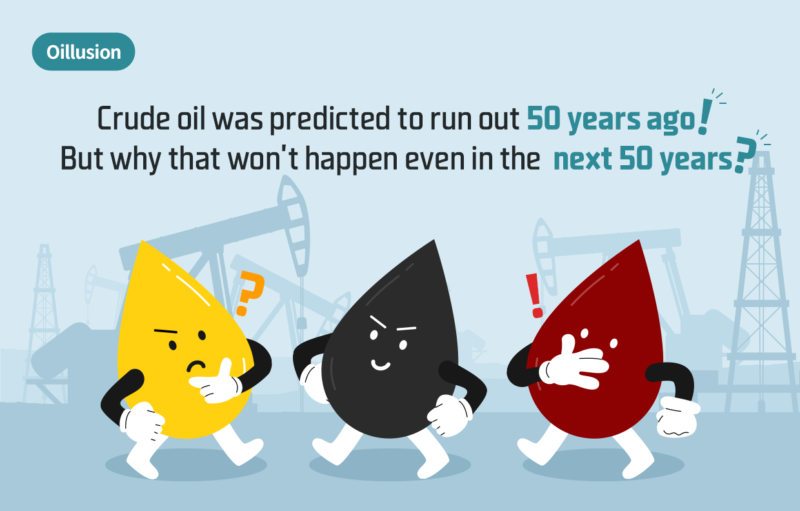
In 1980, Professor Paul R. Ehrlich of the Department of Biology of Stanford University, and Professor Julian Simon of the Business Administration at the University of Maryland engaged in a “showdown” of the century. Ehrlich argued that overpopulation would deplete natural resources and lead to massive famines. But Professor Simon refuted that opinion, predicting that human creativity and innovation would overcome the limits of physical resources. This became the famous Simon-Ehrlich wager that draw attention of the world, and still is a topic being discussed nowadays.
Five natural resources were included in their bet: copper, chromium, nickel, tin, and tungsten. Ehrlich forecast that these raw materials would face depletion due to increasing demand, which would come along with price increase. On the other hand, Simon argued that the Earth’s natural resources are far more abundant than we thought, and that alternatives would be found, so Ehrlich’s prediction would not happen.
This century-defining bet, which involved predicting price trends over a decade, concluded with Ehrlich transferring the promised amount to Simon. The prices of those five natural resources fell by an average of nearly 60% over ten years. The copper reserves around the world, which at the time were estimated to last just over 30 years, have still not been exhausted.
If the commodity had been oil and the metric had been reserves, what would have happened? That would have also likely resulted in a victory for Simon. Oil reserves have proven to be much more abundant than anticipated, and human technology has evolved to access these hidden reserves. Additionally, significant progress has been made in developing alternatives to oil, further supporting Simon’s argument that human ingenuity can overcome the physical limits of natural resources.
However, the fact that oil is finite is hard to deny. 40 to 50 years ago, we heard that there were only 40 to 50 years of oil left. Nevertheless, we still perk up our ears at the mention of “how much is left” because we are all standing with one foot in the current oil era, and the other in the direction of energy transition.

The origin of the oil depletion theory dates back 110 years from now. In 1914, the United States Bureau of Mines stated that the U.S. oil reserves would be exhausted within 10 years, but this did not happen. 25 years later, in 1939, the U.S. Department of the Interior again announced that the amount of oil left is only enough for 13 more years. However, oil did not show signs of coming to an end. Despite this, the fear that oil would soon run out was still lingering in people’s minds.
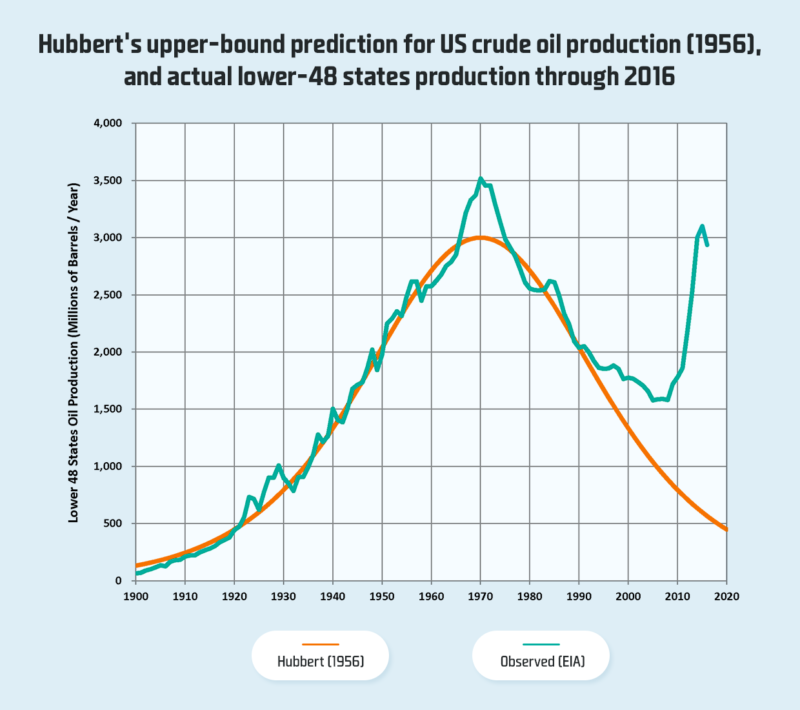
Source: Wikipedia
The theory of oil depletion once again emerged in 1956 when American geologist Marion King Hubbert started to estimate U.S. oil production between 1965 and 1970. At that time, Hubbert presented a bell-shaped logistic distribution curve, suggesting that global oil production had already reached its peak or would soon do so. Hubbert argued that oil production would steadily increase until it peaked in the early 1970s (Peak Oil), after which it would decline and eventually deplete. As he predicted, the “First Oil Crisis” in the early 1970s seemed to confirm Hubbert’s predictions, but oil production has actually increased since then.

The debate surrounding the theory of oil depletion did not end there. In 1977, former U.S. President Jimmy Carter stated that at the current rate of oil consumption, “we could use up all the proven reserves of oil in the entire world by the end of the next decade,” lending weight to the theory of oil depletion. According to them, oil should have already been exhausted. However, as everyone knows, it has still yet to disappear.

Of course, the reason for the consistently missed predictions about oil depletion is not because the reserves, which took millions of years to form, suddenly increased. The answer lies in technological advancement.

The development of exploration and drilling technologies has made it possible to extract oil from reserves that were either undiscovered or not economically viable in the past. For example, deep-sea oil fields, which were previously too costly to drill, can now be mined economically. Additionally, advancements in separation and extraction technologies have made it possible to draw oil from unconventional resources, significantly increasing the total oil reserves.
(**) Hydraulic fracturing: a method that involves injecting a mixture of large amounts of water, sand, and a small amount of chemicals at high pressure into shale layers to break apart underground rocks

Notable examples of unconventional resources include Shale Oil and Oil Sands. Shale Oil is oil extracted from a sedimentary rock called shale, which exists about 3,000 meters underground. It began to be commercially mined in 2008 when George Mitchell from U.S. commercialized hydraulic fracturing technology.
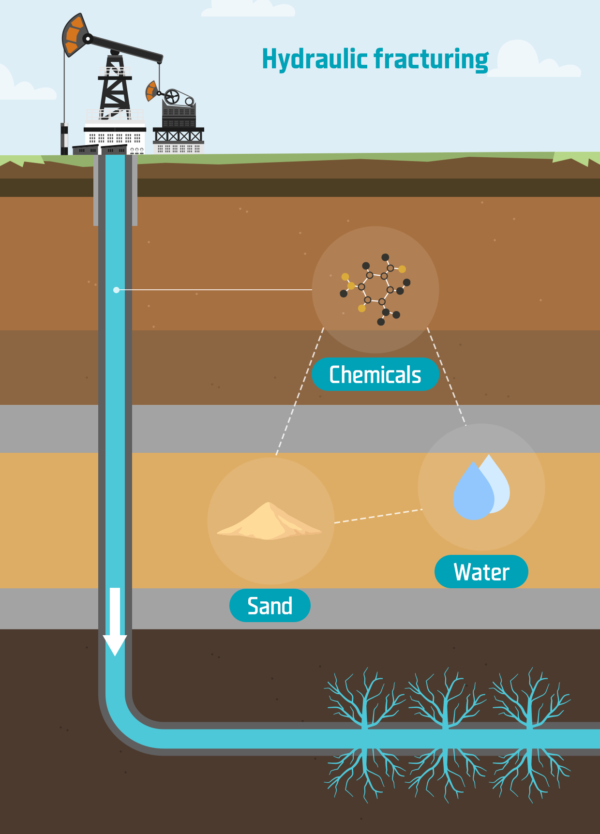
Hydraulic fracturing is a method that involves injecting a mixture of large amounts of water, sand, and a small amount of chemicals at high pressure into shale layers to fracture the rock and extract oil and gas. Previously, extracting oil from deep and hard shale layers was difficult. However, with the advent of innovative mining technologies like hydraulic fracturing, the U.S. surpassed Saudi Arabia in 2017 to become the world’s largest oil producer. This led to the famous “Shale Revolution,” which enabled U.S. energy independence.
Oil sands, another unconventional resource, differ from conventionally stored liquid crude oil as they consist of oil mixed with clay or sand. Extracting oil from oil sands requires technology to separate and refine the crude oil from the soil. Additionally, the production process is somewhat complex because the high viscosity of oil extracted from oil sands must be reduced to allow it to pass through pipelines. For these reasons, oil sands, which were neglected, saw an increase in production following the introduction of large-scale separation technologies in the 2010s.
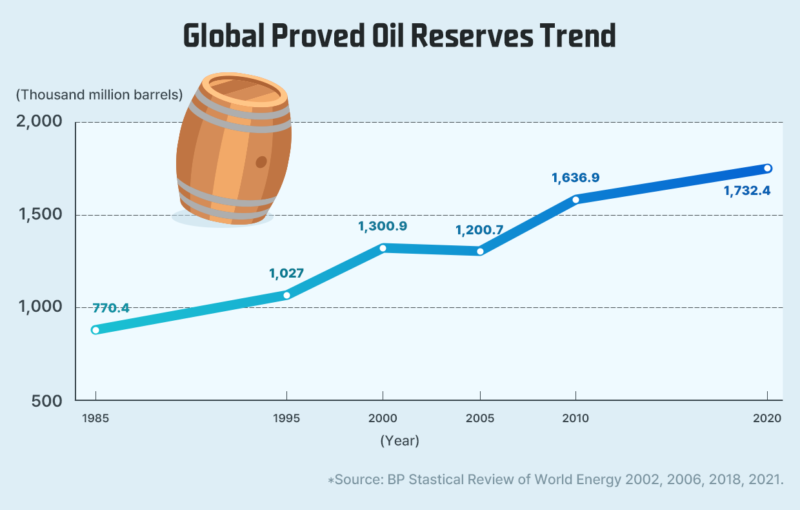
Global proved oil reserves estimates from the BP Statistical Review of World Energy reports for the years 2002, 2006, 2018, and 2021, published by British Petroleum (BP)
According to a report released by the global major company British Petroleum (BP), proved oil reserves have shown significant growth, rising from 770.4 billion barrels in 1985 to 1.6369 trillion barrels by 2010. And data has proved that the increasing trend of oil reserves are still going on.
Additionally, the development of alternative energy technologies to substitute oil has also contributed to delaying oil depletion. For example, besides vehicles with internal combustion engines using gasoline, diesel, and LPG, the number of vehicles powered by new energy sources, such as electric vehicles, as a means of transportation is growing.

Oil is a limited resource, so it could eventually be depleted if continuously used. However, with technological advances and the development of alternative energies, it is complex to guess when oil will run out.
Long ago, the Stone Age did not end because we ran out of stones but because they were no longer needed. Humanity began using more efficient bronze as a new resource instead of stone. Additionally, the Iron Age began because humans could use iron, a new metal.
Living in the oil era, we are also preparing for the post-oil era. Before oil is depleted, wouldn’t humanity find some other alternative resources?











 Youtube
Youtube Facebook
Facebook Instagram
Instagram Linkedin
Linkedin















